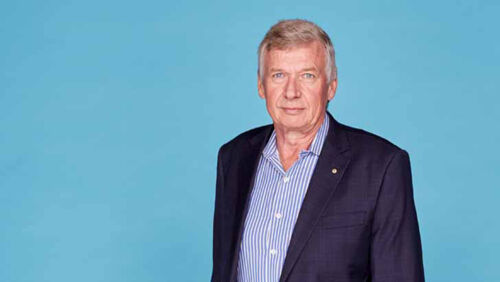Property prices: 25 suburbs that have been hit the hardest
By Anna Porter
Property prices don't always go up and many markets that investors are encouraged into today are actually at the peak of their growth cycle.
There are a number of suburbs listed in the negative growth report that might surprise you as they may have been touted as a hotspot for investors.
We identify the controversial suburbs that despite popular opinion have experienced a fall in values. Plus we take a look at the areas in each state that have been hit hardest.
State by state: the areas that got hit the hardest
Tasmania
Nine house markets in Tasmania and 12 unit markets recorded negative price growth, the worst being the Launceston suburbs of Rocherlea and Trevallyn which respectively delivered a 12.5% decline in house prices, and a 25% drop for unit prices.
There seems to be a real phenomenon of investors driving the growth of some of the locations in Tasmania and, not local buyers. This can create a significant volatility in the market.
Australian Capital Territory
The worst of Canberra was Downer where unit prices fell 39% in 12 months and Gilmore where houses fell 5%.
The Canberra housing market is strong, with increases in value, while the unit market is in significant decline.
New units do not perform well in the ACT as they are not very well aligned to the core demographic of younger families in the area. Units are also oversupplied, which will continue to put downward pressure on values and will start to impact vacancy rates.
Victoria
The largest negative housing growth recorded for Victoria was Chewton which lies between the Melbourne CBD and Bendigo, recording declines of 30.9%.
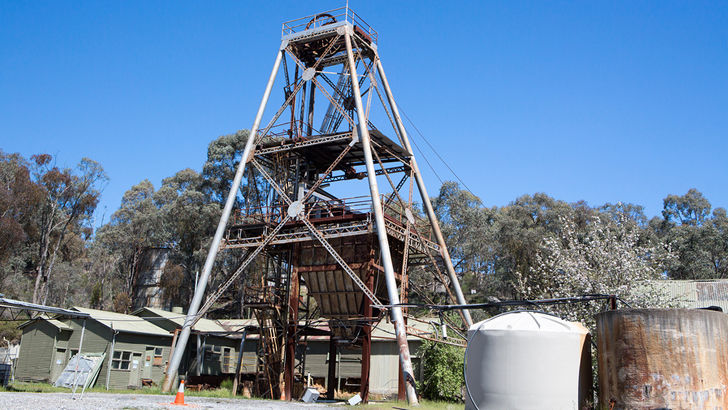
The worst performing unit market is Lorne, a seaside location to the far south-west of Melbourne, which saw a contraction of 37.1%.
This is a direct outcome of the staggering oversupply of unit stock in Victoria, and the CBD as whole.
The Melbourne unit market has been struggling with supply for nearly a decade now, and local authorities are not slowing down building enough to allow the supply to be absorbed.
The great news for Victorian investors is that most of the worst-performing markets were in remote and rural locations, where investors are unlikely to be looking.
Northern Territory
The housing market in Katherine has been subject to declines of 19% while the unit market in Marrara has been hit with 18.8% declines.
Pine Creek iron ore mining nearby Katherine closed its operations in recent years and this has impacted the isolated townships of Katherine and Marrara while close to the airport and offering an urban lifestyle, properties with any negatives such as being near flight paths or on main roads tend to get hit the hardest when the market sees a downturn overall.
Queensland
Houses prices in Idalia, near Townsville, nose-dived 43.8%, and was the worst performer.
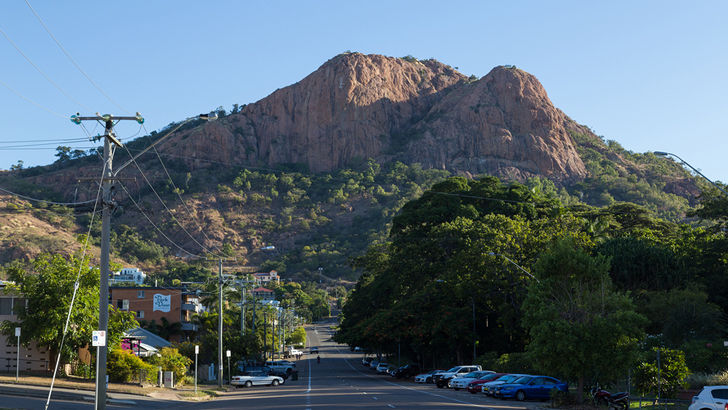
Suburbs and towns in key regional centres had some concerning declines in house values, despite popular opinion.
These locations are built off the back of industries such as cattle, tourism and mining which are in decline at the moment.
Unit prices in Telina near Gladstone fell a massive 32.9%.
Gladstone and the surrounding areas have seen significant declines with the downturn in mining activities throughout the area.
In the past five years many investors tried to cash in on the mining boom, but now have properties sitting vacant and hundreds of thousands of dollars stripped off their values in a short period of time.
In East Ipswich, houses have declined 3.5% despite being touted as a hotspot for investing.
Coomera has also fallen victim to negative growth. Despite being within commuting distance of both Brisbane and the Gold Coast, house prices have declined by 5.5%.
South Australia
The worst performers in South Australia were Solomontown, a regional area north of Adelaide, which experienced a loss of 27.5% for houses, and Eastwood with a 28% decline in unit growth.
Solomontown is in the Port Pirie district which is built off the back of industries such as steel and agriculture, which are all industries in significant decline at the moment.
With the drought hitting our farmers and the isolated nature of these areas it has not fared well for regional investors in these parts.
In Adelaide, Mansfield Park is currently overrepresented by investors and the prices have been somewhat constrained.
Block sizes are also smaller than the city average which reduces the appeal for an owner occupier. Units here have declined 8.4% and houses 3.9%.
Western Australia
The worst performers for Western Australia were the inner city location of Burswood, with declines of 37.2% for the housing market, and Crawley, with a 46.2% decline for the unit market.
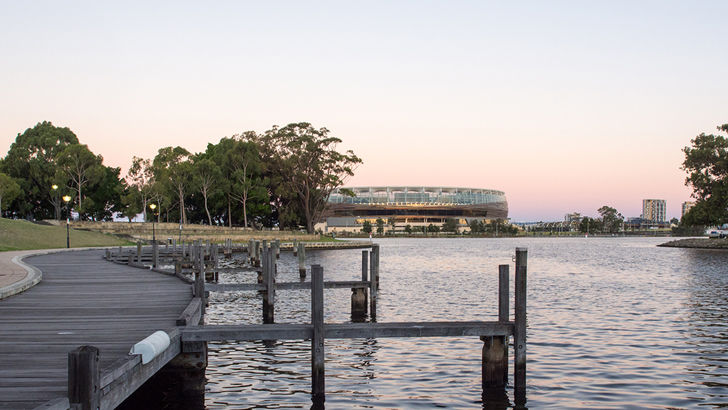
These areas in Perth have been impacted by oversupply of unit stock and the housing market is very limited with high price points for few free-standing homes that get offered for sale.
This prestige inner city market is usually one of the hardest hit when a market sees a downturn as Perth has in the past few years.
New South Wales
Holistically, the NSW housing market has had many great years of growth between 2012 and 2016, with the market starting to cool in some sectors and pockets through 2017.
Mostly felt in the oversupplied unit pockets and premium price points. The broader market saw further impact of the cooling effect in the latter part of 2017 and we expect the 12 months of 2018 to be a far grimmer picture for the market with the negative growth trend spreading further throughout the state.
Having said that, our historical research shows a trend of only a 5% to 10% decline in values for most suburban and metro areas when the market hits this stage of the cycle.
For those that have owned properties in Sydney, Wollongong or Central Coast over the past three or four years you have just about won the property lotto, so a small correction will not have much of an impact on the overall outcome. For the smashed avocado generation trying to get into the property market, the good news is that the buying power is set to return to the market over 2018 and for a few years to come.
Controversially, the unit market in Brookvale saw declines of 9.8% in the unit market.
This location is predominantly a family demographic but there has been an overdevelopment of units to the market in recent times, which just isn't being taken up at the rate it needs to be to accelerate growth. The accommodation style is not appropriate for the locale.
With a lack of good transport links to the area, but a housing style that is predominantly for young couples, singles and retirees there is no surprise that it underperforms when the market starts to cool off.
Despite popular opinion projecting positive growth for Sydney's the Hills area, the near completion of the new public transport hub in the popular Hills District has done no favours for the housing prices of Glenorie.
This prestige pocket housing market has seen an 8.3% decline. Prestige rural and residential locations tend to get hit first when the market starts to cool off, especially when they offer lifestyle properties that have a limited market.
The suburb has a median price of $1,820,000 yet is still being swooped with the negative growth figures.
Then there's the Sydney hub, often brought to life by large sporting events, music concerts and office hubs, Olympic Park while a playground paradise is definitely not the answer for investors.
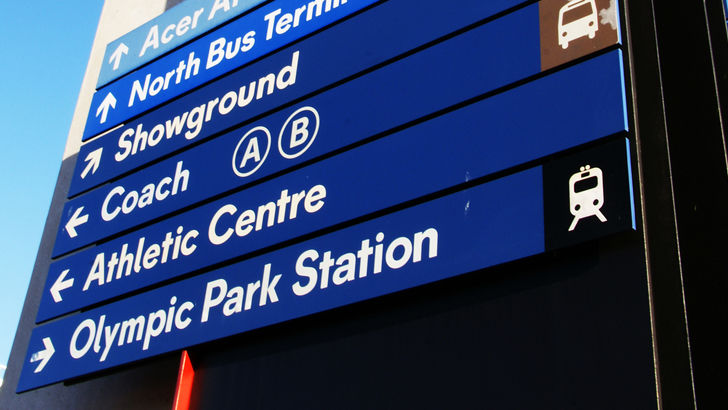
Olympic Park's unit market saw declines of 2.3%.
We're seeing the same thing Brisbane has been seeing for years starting to filter through here. There is an oversupply of units.
Sydney Olympic park is predominantly unit accommodation but the facilities in the area cater to families. So, again, the accommodation style is not appropriate for the locale. With a lack of restaurants, bars and nightlife in the area but a housing style that is predominantly for young couples, singles and retirees there is no surprise that it underperforms when the market starts to cool off.
People buy here when they are priced out of more urban hubs that offer better lifestyle amenities, but when the buying power returns to the market this area starts to get overlooked for more desirable locations. This is exactly what we are starting to see in the stats.
Often disguised by high sales, strong rental returns and a North Shore stigma, the city of Turramurra in Sydney has failed to meet growth expectations.
Turramurra is the only area in the north shore with negative growth.
The unit market in Turramurra has failed to grow and instead has experienced 4.6% declines.
This market is the victim of too much supply, resulting in major traffic congestion through to the CBD and the business park at Macquarie Park.
When oversupply meets a cooling market and a lack of liability due to strained infrastructure, this results in downturn even if the markets surrounding them are not in the same boat - yet.
One or two of these ingredients may not push a market into negative growth, but when all three fundamental issues collide the market is going to push through pain before the surrounding areas do.
But this is an indication that the market is heading into a correction and it is just the tip of the iceberg, with the surrounding areas expected to follow suit in the coming 12 months.
The worst losses were felt in Peak Hill in the state's central west, with house values falling by 37.2%, and down south in Narooma, where unit prices dropped by 19.8%.
Controversial suburbs
Brookvale, NSW units -9.8% Glenorie houses -8.3% Olympic Park units -2.3% Turramurra, NSW units - 4.6% East Melbourne units -15.5% Mansfield Park, VIC houses -3.9% units -8.4% East Ipswich, QLD houses -3.5% Coomera, QLD houses -5.5%
State by State
Tasmania Rocherlea houses -12.5% Trevallyn units -25%
ACT Gilmore houses -5% Downer units -39%
Victoria Chewton houses -30.9% Lorne units -37.1%
Queensland Idalia houses 43.8% Telina units -32.9%
South Australia Solomontown houses -27.5% Eastwood units -28%
Western Australia Burswood houses -37.2% Crawley units -46.2%
Northern Territory Katherine houses -19% Marrara units -18.8%
New South Wales Peak Hills houses -37.2% Narooma units -19.8%
Data is for the 12 months to November 2017 and was sourced from CoreLogic. Numbers are based on percentage changes in median price.
Get stories like this in our newsletters.



